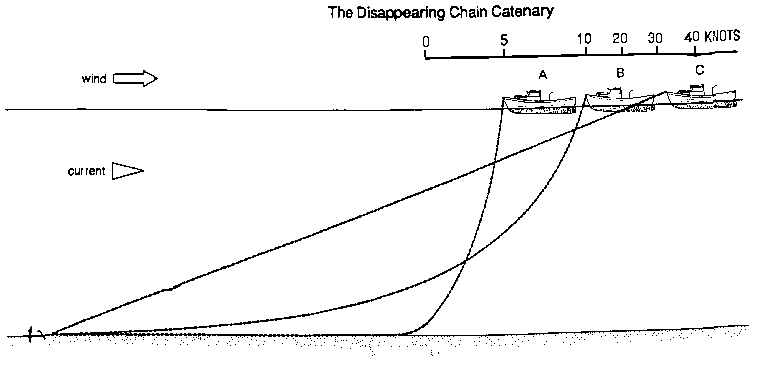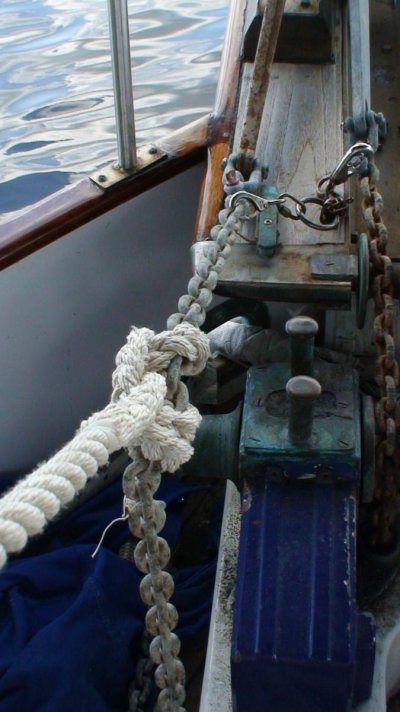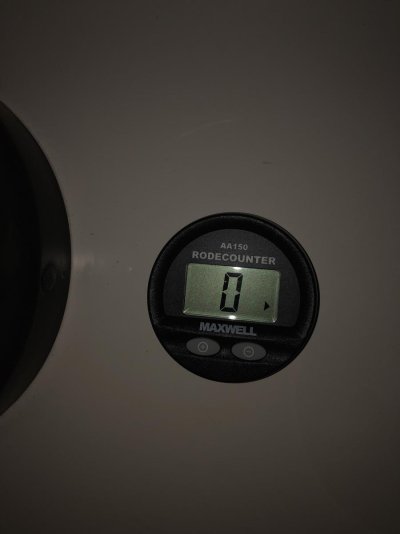rslifkin
Guru
- Joined
- Aug 20, 2019
- Messages
- 7,583
- Location
- USA
- Vessel Name
- Hour Glass
- Vessel Make
- Chris Craft 381 Catalina
Excess chain = excess weight. No need to carry extra weight you don't need.
Very true. But in some places, 100 feet of chain isn't enough. In many places, 100 feet plus line is perfectly adequate, but in others, there's too much concern for bottom chafe (coral, rocks, etc.) and 150 or even 200+ feet of chain is necessary to have good flexibility in where you can anchor without risk of chafing through your rode.





